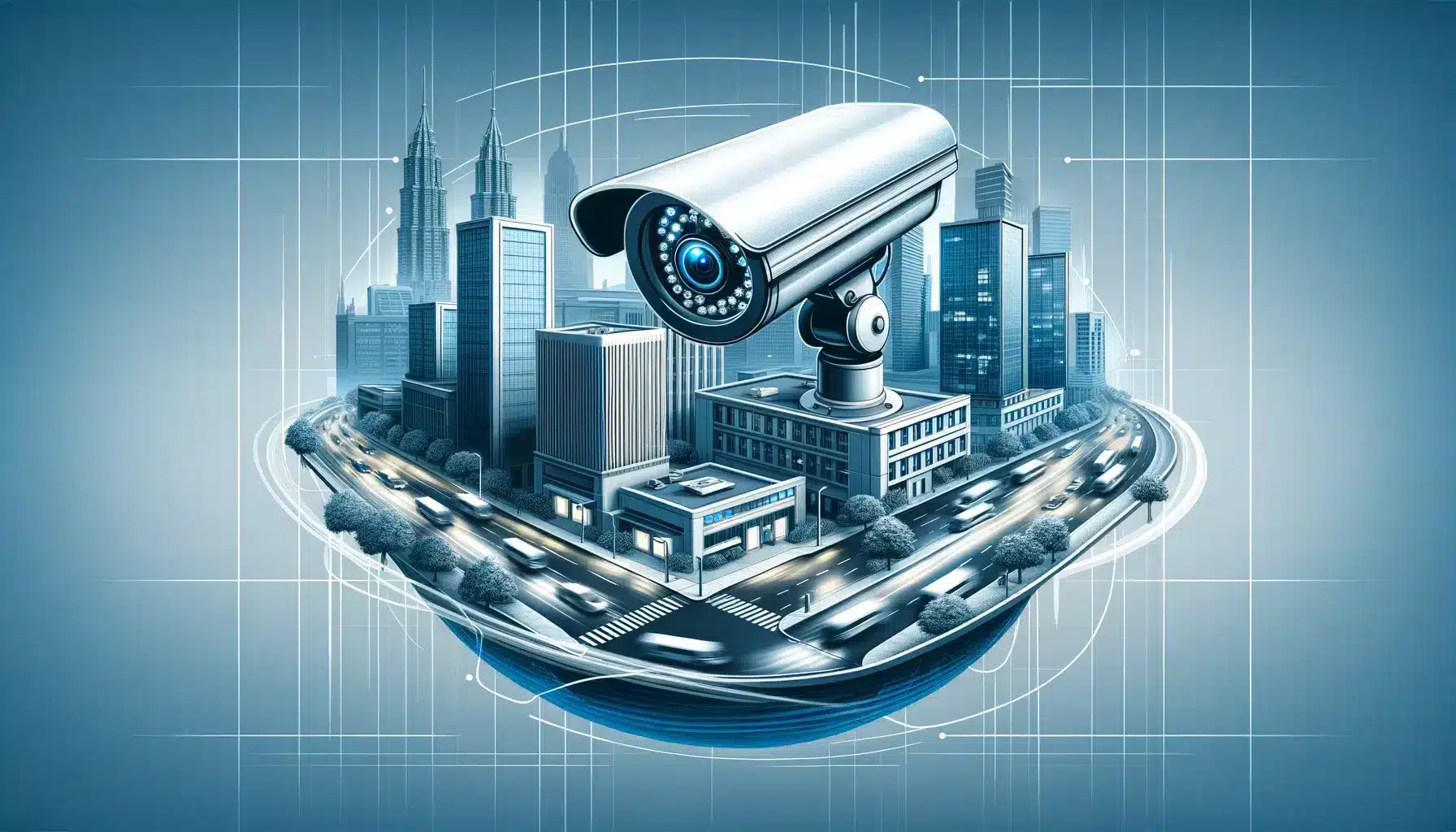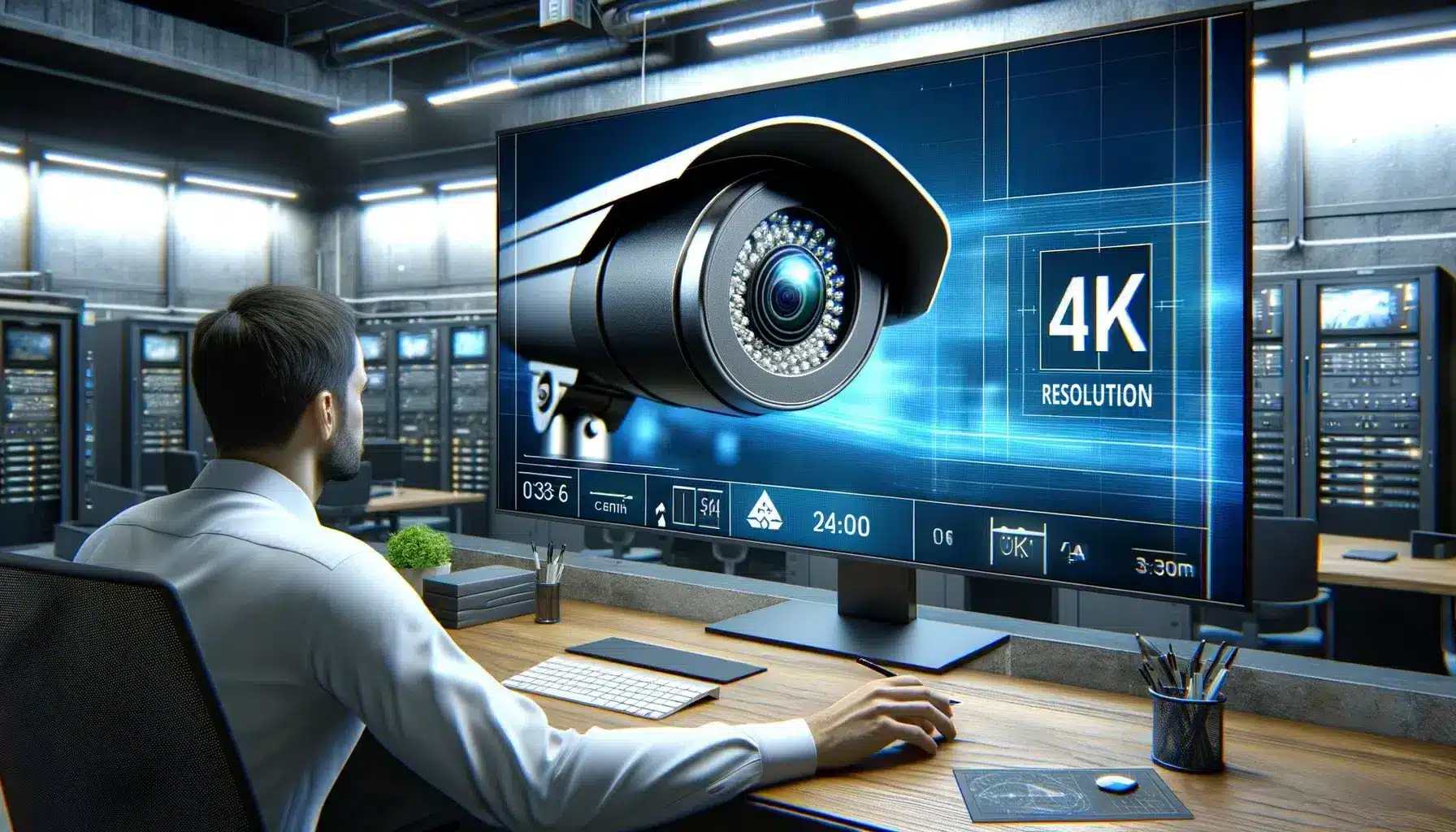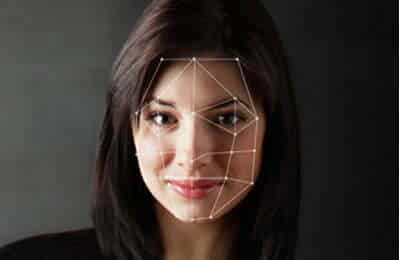
Intro
In an era where security concerns are paramount, CCTV surveillance systems have emerged as a crucial component in safeguarding both residential and commercial properties. These systems, once a luxury, have become an indispensable part of modern security strategies, providing peace of mind through constant monitoring and deterrence of criminal activities.
With advancements in technology, CCTV systems have evolved significantly. From high-resolution cameras that capture minute details to AI-driven analytics that predict potential threats, the world of CCTV surveillance is constantly innovating. This article delves into the myriad benefits of CCTV surveillance systems, explores the different types available, and provides practical advice on choosing, installing, and maintaining these systems to ensure optimal security.
Benefits of Using CCTV Surveillance Systems
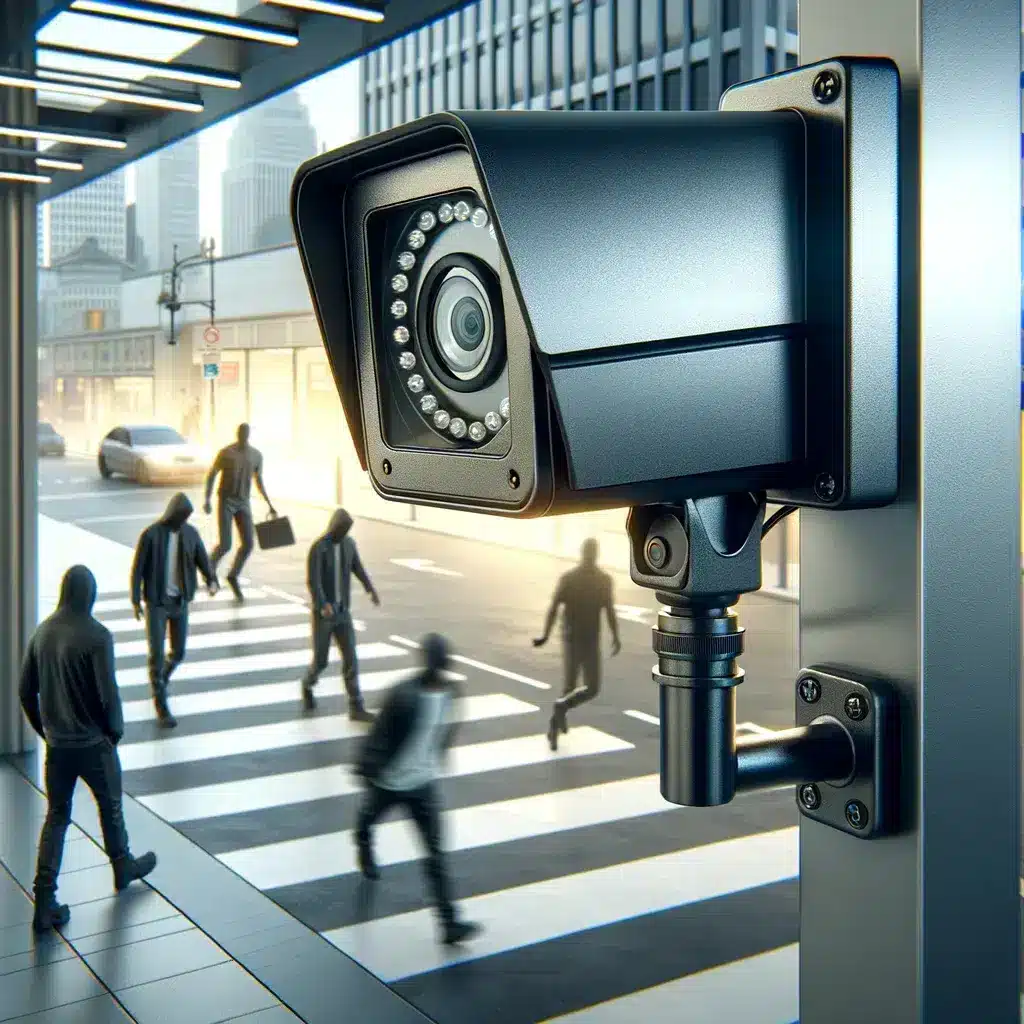
Crime Deterrence
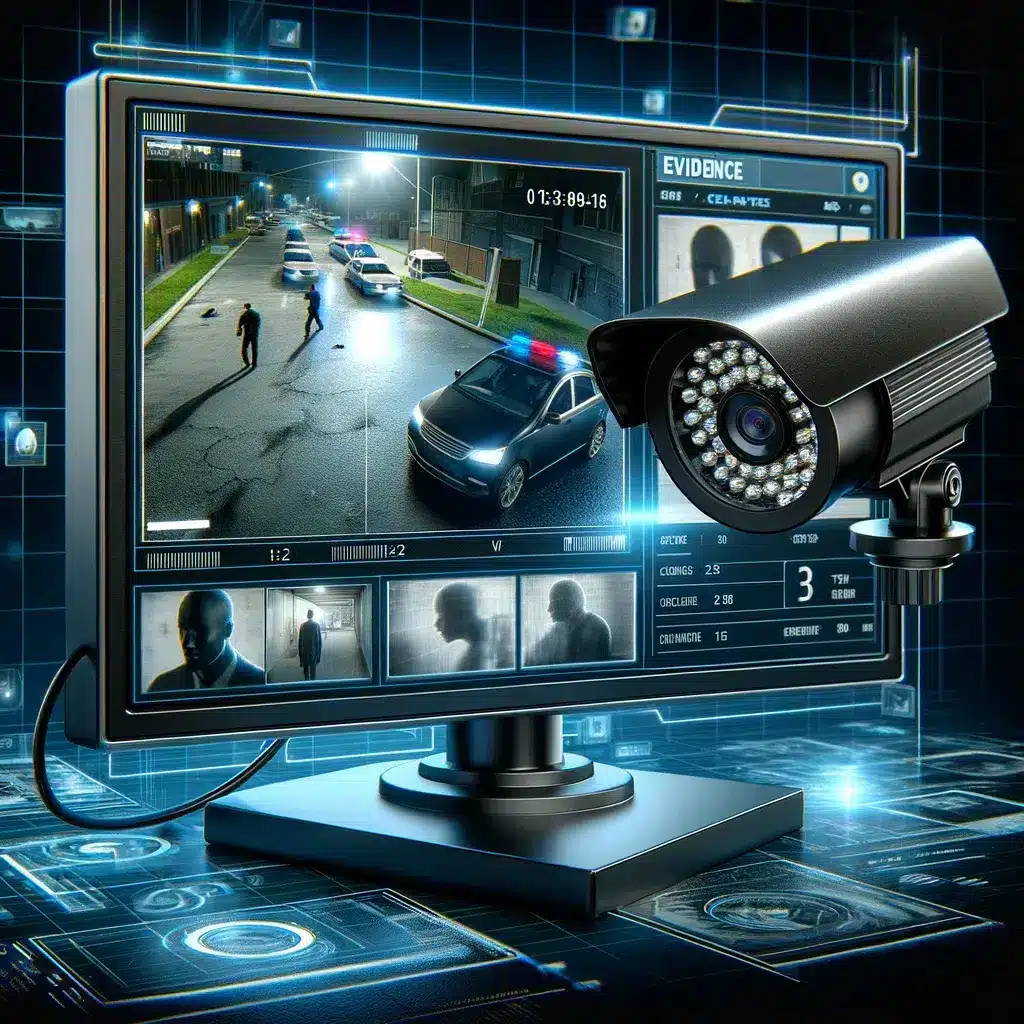
Evidence Collection
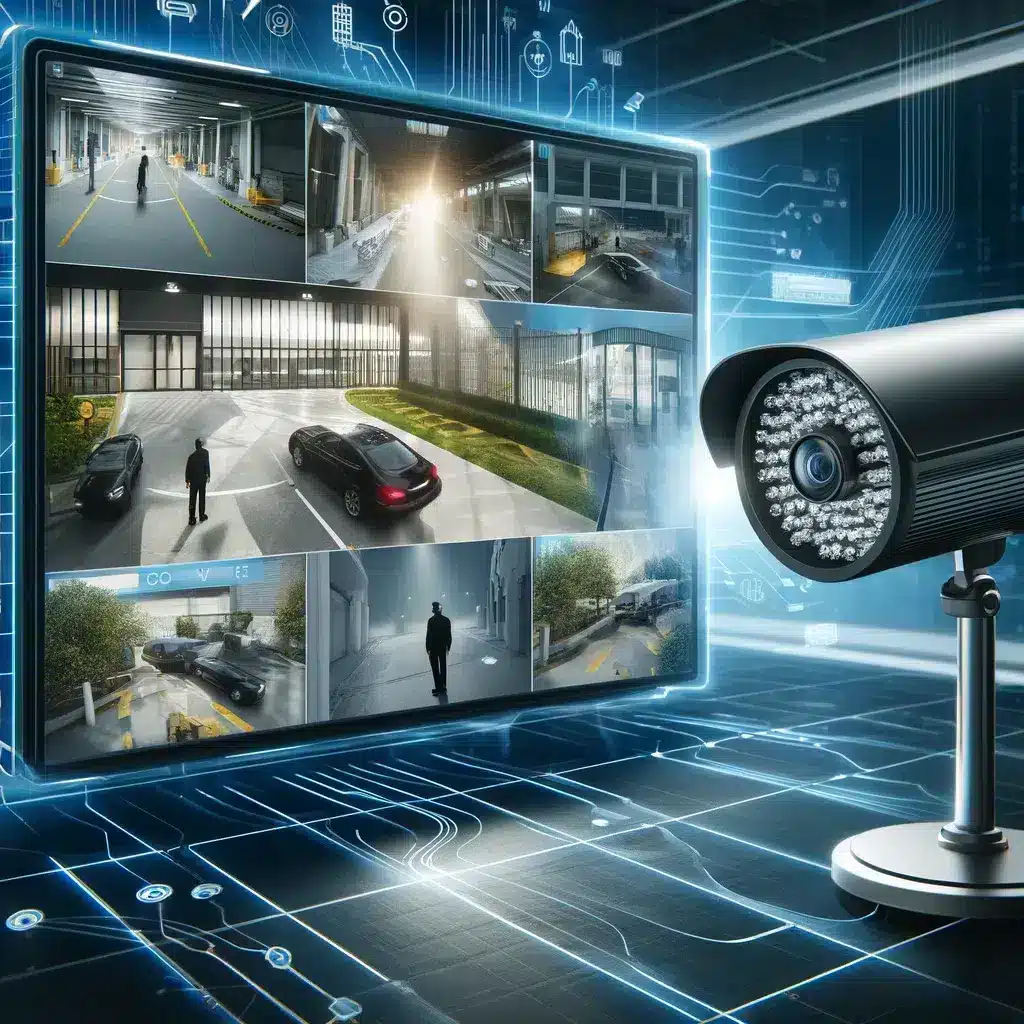
Enhanced Safety and Security
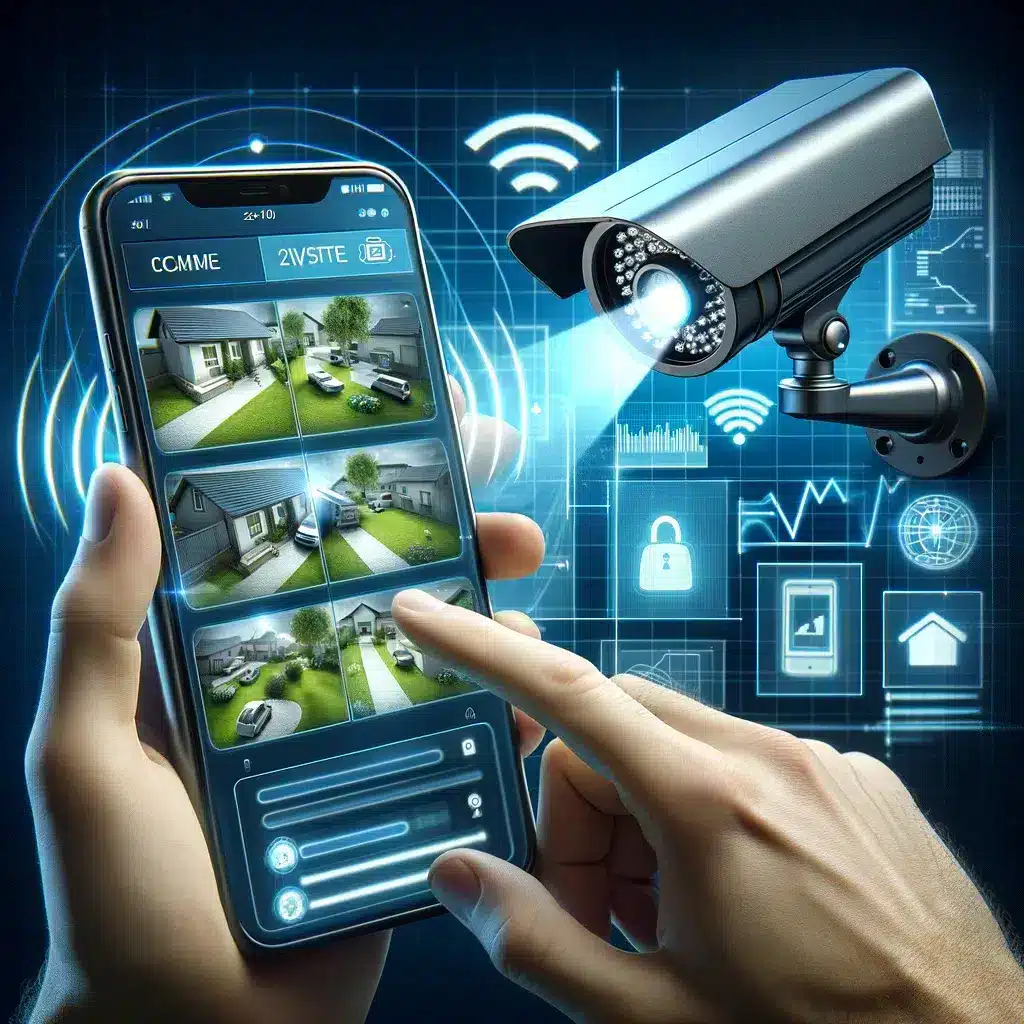
Remote Monitoring
Types of CCTV Cameras and Their Features
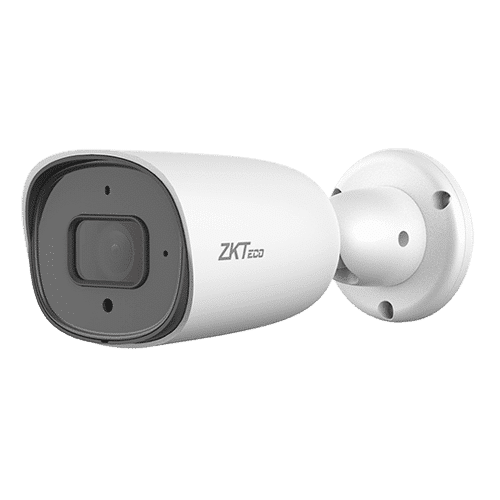
Bullet Cameras
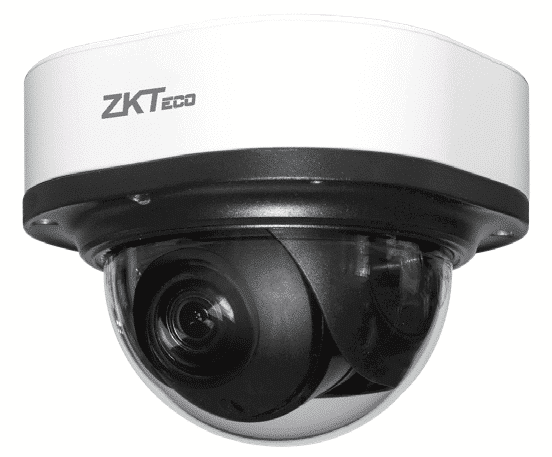
Dome Cameras
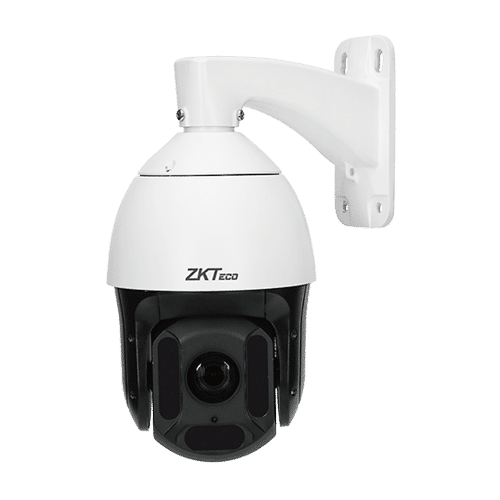
PTZ Cameras
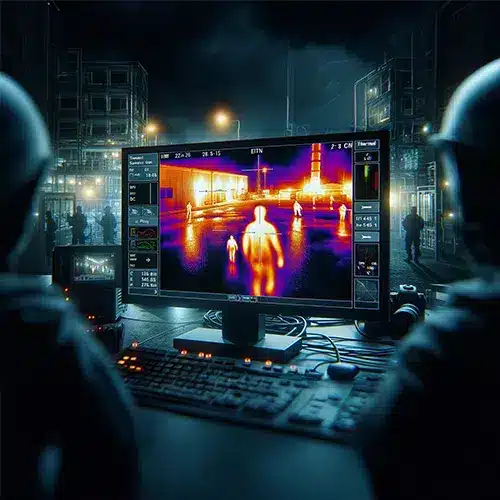
Thermal Cameras

360-Degree Cameras
Factors to Consider When Choosing a CCTV Surveillance System
Resolution and Image Quality
Storage Solutions
Integration Capabilities
Installation and Maintenance Requirements
Installing and Setting Up Your CCTV Surveillance System
Professional vs. DIY Installation
When it comes to installing CCTV surveillance systems, you have two main options: professional installation and DIY installation. Professional installation offers the advantage of expert knowledge in camera placement and system setup, ensuring optimal coverage and performance. On the other hand, DIY installation can be more cost-effective and provides the flexibility to customize the system to your specific needs.How CCTV Cameras Can Deter Crime
Psychological Deterrent
The presence of CCTV cameras acts as a psychological deterrent to potential criminals. Knowing that their actions are being monitored and recorded reduces the likelihood of criminal activities. Visible cameras, accompanied by signage indicating surveillance, can significantly decrease the chances of theft, vandalism, and other crimes.
Immediate Response
CCTV cameras enable immediate response to suspicious activities. Security personnel can monitor live feeds and react quickly to potential threats, either by intervening directly or alerting law enforcement. This rapid response capability helps prevent crimes from escalating and minimizes damage or loss.
Community Safety
In addition to protecting individual properties, CCTV surveillance contributes to overall community safety. Publicly placed cameras in areas such as parks, streets, and public transportation hubs help deter crime and create a safer environment for residents and visitors.
Monitoring and Recording Footage from Your CCTV System
Real-Time Monitoring
Real-time monitoring allows security personnel to view live footage from the cameras and respond to incidents as they occur. This can be done through dedicated monitors in a security control room or remotely via mobile devices and computers.
Recording Options
CCTV systems offer various recording options, including continuous recording, scheduled recording, and motion-triggered recording. Continuous recording captures footage 24/7, while scheduled recording allows for specific times of the day. Motion-triggered recording saves storage space by only recording when movement is detected.
Accessing Recorded Footage
Recorded footage can be accessed through DVRs, NVRs, or cloud storage platforms. Ensure the system you choose provides easy retrieval and playback of footage, with features such as timestamping, event tagging, and exporting clips for evidence purposes.
Integrating CCTV with Other Security Systems
Alarm Systems
Integrating CCTV with alarm systems enhances overall security by providing visual verification of alarm events. When an alarm is triggered, the CCTV system can automatically display the relevant camera feeds, allowing security personnel to assess the situation quickly.
Access Control Systems
Combining CCTV with access control systems, such as key card or biometric entry systems, provides a comprehensive security solution. CCTV cameras can monitor entry points, capturing footage of individuals entering or exiting the premises, which can be cross-referenced with access logs.
Smart Home Devices
For residential properties, integrating CCTV with smart home devices offers added convenience and security. Features like remote locking/unlocking doors, controlling lights, and receiving alerts on mobile devices can be seamlessly incorporated into a smart home ecosystem.
Best Practices for Maintaining and Optimizing Your CCTV Surveillance System
Regular Maintenance
To ensure your CCTV system operates efficiently, perform regular maintenance, including:
- Cleaning camera lenses to remove dirt and debris.
- Checking and securing camera mounts and housings.
- Testing recording and storage systems for proper functionality.
- Updating firmware and software to protect against security vulnerabilities.
System Audits
Conduct periodic audits of your CCTV system to evaluate its effectiveness. Review camera placements, assess coverage areas, and identify any blind spots. Ensure the system continues to meet your security needs and make adjustments as necessary.
Data Management
Properly manage and secure your recorded footage. Implement data retention policies that comply with legal requirements and industry best practices. Use encryption and access controls to protect stored footage from unauthorized access.
Conclusion: The Future of CCTV Surveillance Systems
As technology continues to evolve, the future of CCTV surveillance systems looks promising. Advances in artificial intelligence, machine learning, and cloud computing are set to revolutionize the way we approach security. Future systems will offer even greater levels of automation, predictive analytics, and integration with other technologies, making them an indispensable tool for safeguarding homes and businesses alike.FAQs
There are various types of CCTV cameras, including dome cameras, bullet cameras, PTZ cameras, and thermal cameras. The choice depends on your specific needs, such as the area to be monitored, lighting conditions, and required features like zoom and tilt.

